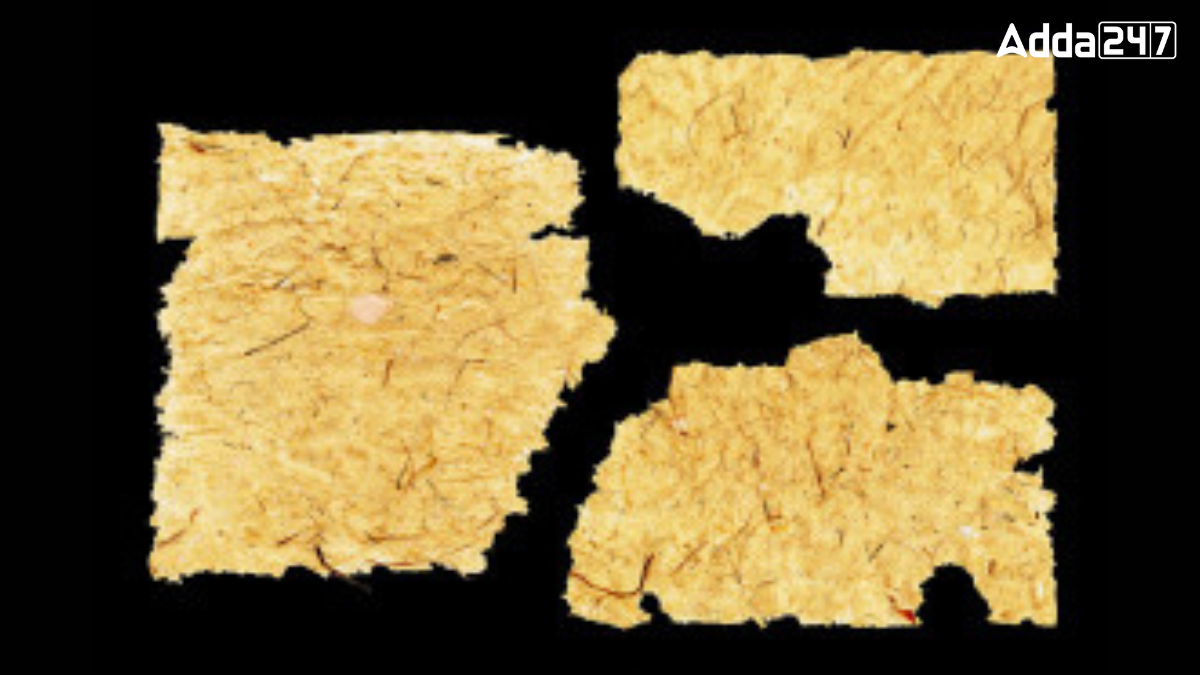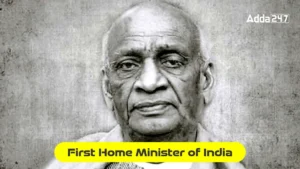Paper is a significant invention that transformed the way we write and communicate information. Its development has a rich history, primarily credited to one country: China. This revolutionary material allowed for easier documentation and sharing of ideas, making it essential for education and record-keeping. The invention of paper paved the way for literacy to flourish, enabling knowledge to spread across cultures and generations. Let’s delve deeper into this remarkable topic.
First Country to Invent the Paper
China is the first country to invent paper. Although Cai Lun, a Han dynasty official, is often credited with improving papermaking around 105 CE, archaeological evidence shows that paper-like materials were in use as early as 179–141 BCE. This early innovation laid the foundation for the widespread use of paper in writing and communication.
Early Evidence of Papermaking
Archaeological findings indicate that the process of making paper predates Cai Lun. The oldest known paper fragment was discovered in Fangmatan, Gansu province, and dates back to between 179 and 141 BCE. Additional fragments found at Dunhuang and Yumen pass date to 65 BCE and 8 BCE, respectively. These findings suggest that paper was already in use before Cai Lun’s time.
Who was credited with the Invention of Paper in China?
Cai Lun, a Chinese official during the Han dynasty (202 BCE – 220 CE), is often credited with inventing paper around 105 CE. He created a new type of paper using materials like mulberry bark, rags, and fishing nets. This method made paper production cheaper and more efficient. Although Cai Lun improved the papermaking process, it seems that paper existed in some form long before his innovations.
Techniques Used in Papermaking
Before the invention of paper, ancient Chinese documents were written on heavy materials like bone or bamboo, making them difficult to use. During the Shang and Zhou dynasties, people began using lighter materials, but these were often too expensive. Cai Lun’s contribution involved using plant fibers and rags, inspired by the way wasps and bees build their nests.
The production process involved soaking and pounding rags to create a fibrous mass. This method allowed for the development of different types of paper. By the Tang dynasty (618–907 CE), new materials like bamboo became popular due to increased demand for paper.
Uses of Paper in Ancient China
Initially, paper was used for various purposes, including padding delicate objects like bronze mirrors. It also served as a writing medium by the 3rd century CE. Toilet paper, for example, was used in China as early as the late 6th century. The government even produced the first known paper money during the Song dynasty (960–1279 CE).
The Impact of Paper on Society
The introduction of paper significantly changed written culture in China. It allowed books to be produced and distributed more easily. Scholars began to collect more texts, and libraries expanded significantly. By the Tang dynasty, China was a leader in book production, surpassing other regions in the number of books available.
However, by the 9th century, the development of paper in the Middle East began to catch up with China. Libraries in cities like Cairo and Baghdad held larger collections than those in China. By the 15th century, the invention of the printing press in Europe further accelerated book production, eventually leading to larger collections than those in China.





 Which City is known as the City of Bambo...
Which City is known as the City of Bambo...
 Who was the First Home Minister of India...
Who was the First Home Minister of India...







